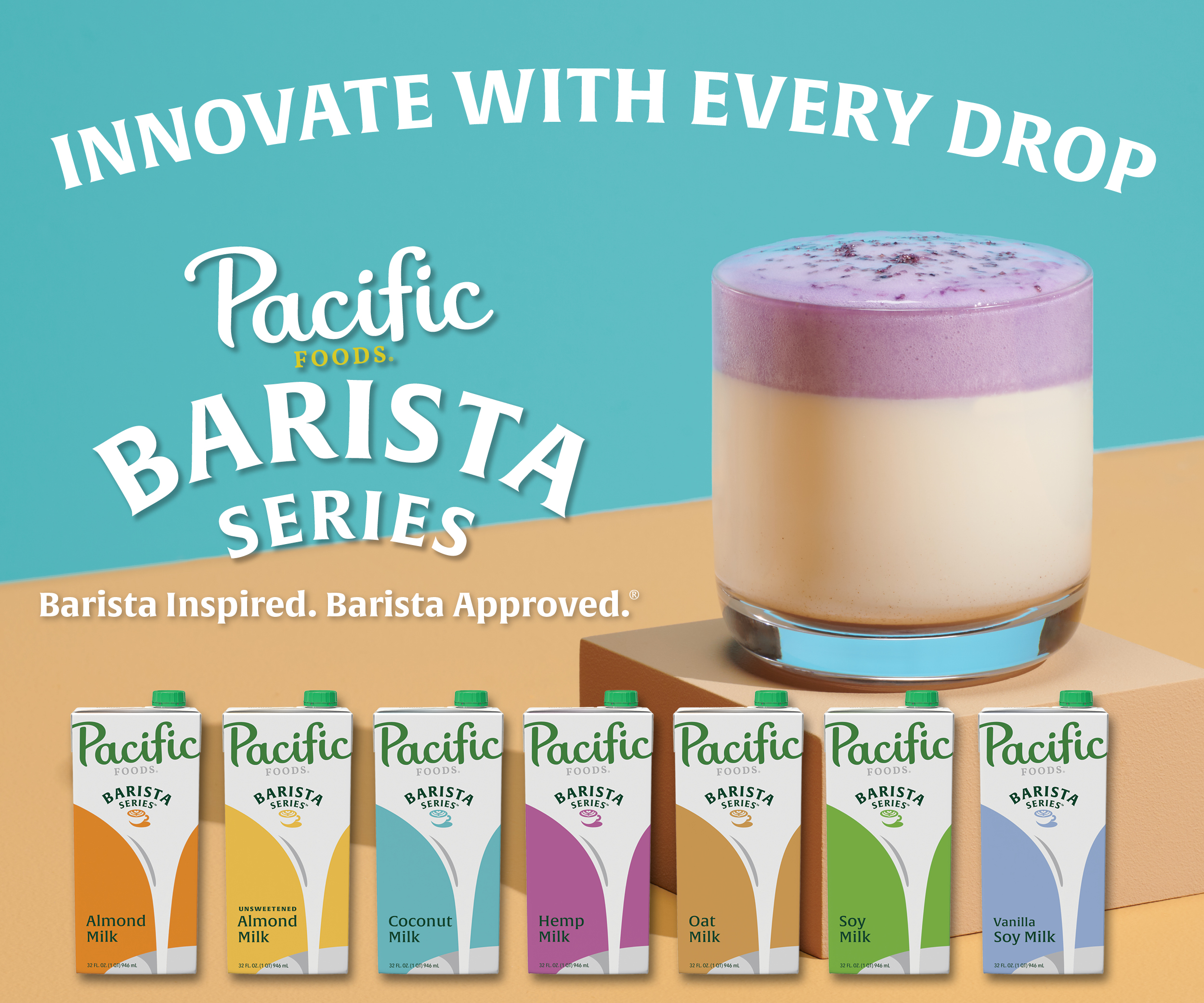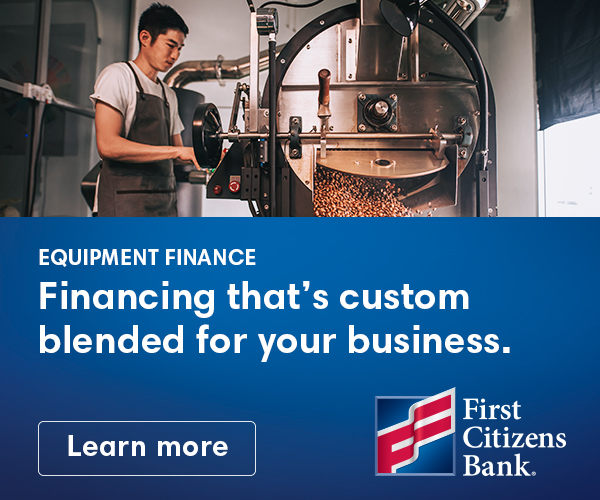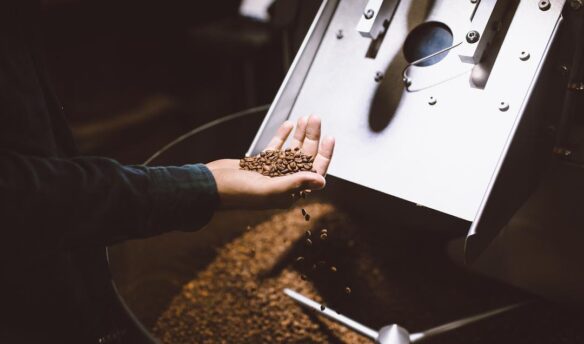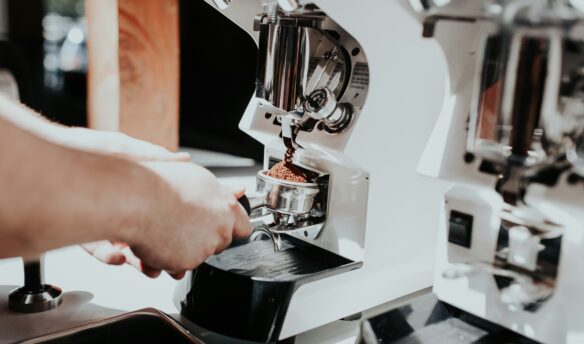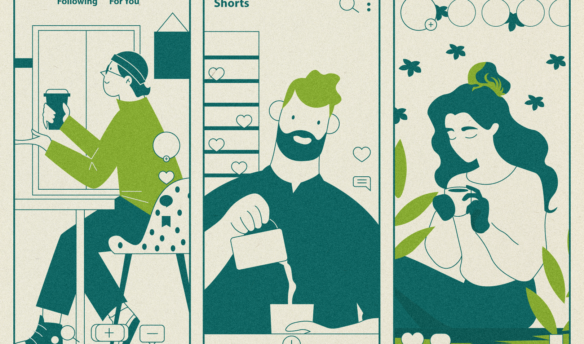[S]ince 2008, our team at Barismo, a roastery based in the Boston area, has focused on looking ahead for the next step in the progress of coffee quality and sustainability. That’s meant many different things over the years in our market, from early adoption of packaging that preserves and protects green coffee, to working to build the same consumer following around farms as there is around roasters, to investing in processing improvements across our family of producer partners. There are many measures we’ve used to track progress, but one has always been a steady trend of paying more for coffee than the year before. Good coffee isn’t cheap, and cheap coffee just isn’t good.
Each year, the fundamental challenge we face is the same: how do we better demonstrate and explain value to our customers so we can continue to increase the prices we can pay producers? We own a niche in our market as being truly quality-driven, and to achieve quality means we have to pay producers more. And at the end of the day, the coffees we sell to our customers are more expensive. For years we’ve shared these details with customers over the counter at the roastery and in our cafés; financial sustainability in coffee is just as important a detail for us as variety and processing method, and is intimately connected to the other goals of social benefit, environmental stewardship, and cup scores.
We’d like to consider this a friendly challenge to create a new standard, in which transparency in sourcing is a must-have to be a world-class coffee roaster in 2015.
For our 2014–2015 buying season, we took the step to finally consolidate this information in a comprehensive manner and publish all our sourcing financials in our inaugural 2015 Green Coffee Report. We began working on this last fall, after drawing initial inspiration from Tim Wendelboe’s keynote address at the MANE Coffee Conference in Rhode Island last fall about his role as a roaster and coffee buyer and his mission to change coffee.
For several years, Wendelboe has published a very plain, detailed report on coffee prices, in some ways going above and beyond similar reports put out by other companies. Extra details he gives, like pounds of coffee purchased, provide valuable context to the overall average price paid, understanding that a single extremely expensive lot often represents a small portion of the coffee purchased. In our own report, we focus on purchasing relationships (direct-trade versus importer contract), poundage, and price.
We chose to include two price categories: “exit warehouse price,” the cost we pay when we pull a coffee from the US warehouse it’s stored in, and “free on board price” for our direct trade coffees. FOB represents the cost of the coffee delivered to the ship dock, and is the most useful number for determining what is paid at origin; exit warehouse is the more practical business number for understanding at least a portion of the extra costs associated with importing coffees. For importer contract coffees, this is often the only price we have.
It’s hard to fully capture the nuance of green coffee purchasing in a spreadsheet and with broad labels. In every country in which we source directly, direct trade means something different, and the types of importer contracts we use have their own set of distinctions, from straight spot buys to long-term agreements for an importer to specially sourced coffees of a particular cup score and price range for us (usually in areas where we have fewer connections and access, largely in East Africa). While compiling this information takes a small extra effort, it’s certainly nothing out of reach for any coffee buyer to do.
This buying year was the right moment for this because the big tent of progressive coffee has never been bigger and more diverse: each year has brought more cafés, more roasters, more specialty importers into the market. In any market growing as rapidly as ours, it can be confusing for consumers to distinguish between companies that source quality, sustainable coffees and those that don’t; almost everyone has seen cheap, poor quality coffees dressed up in the aesthetic of progressive specialty coffee, being sold on websites filled with farm pictures. The best way that progressive coffee companies can respond to this is with more transparency and information.
We’d like to consider this a friendly challenge to create a new standard, in which transparency in sourcing is a must-have to be a world-class coffee roaster in 2015. If we consider our greater work to be building a different kind of coffee industry, one that generates sustainable livelihoods across the production chain, we should be proud of sharing the details that matter the most about how we value our sourcing partners. Friendly photos are great, and they can connect farmers to consumers, but numbers matter. Consumer trust in a roaster practicing fair and sustainable sourcing has long-term value, and as the market matures there’s a new bar to meet.
—Pete Cannon is the wholesale and roastery manager at Barismo, a Boston-area coffee roaster and retailer.








